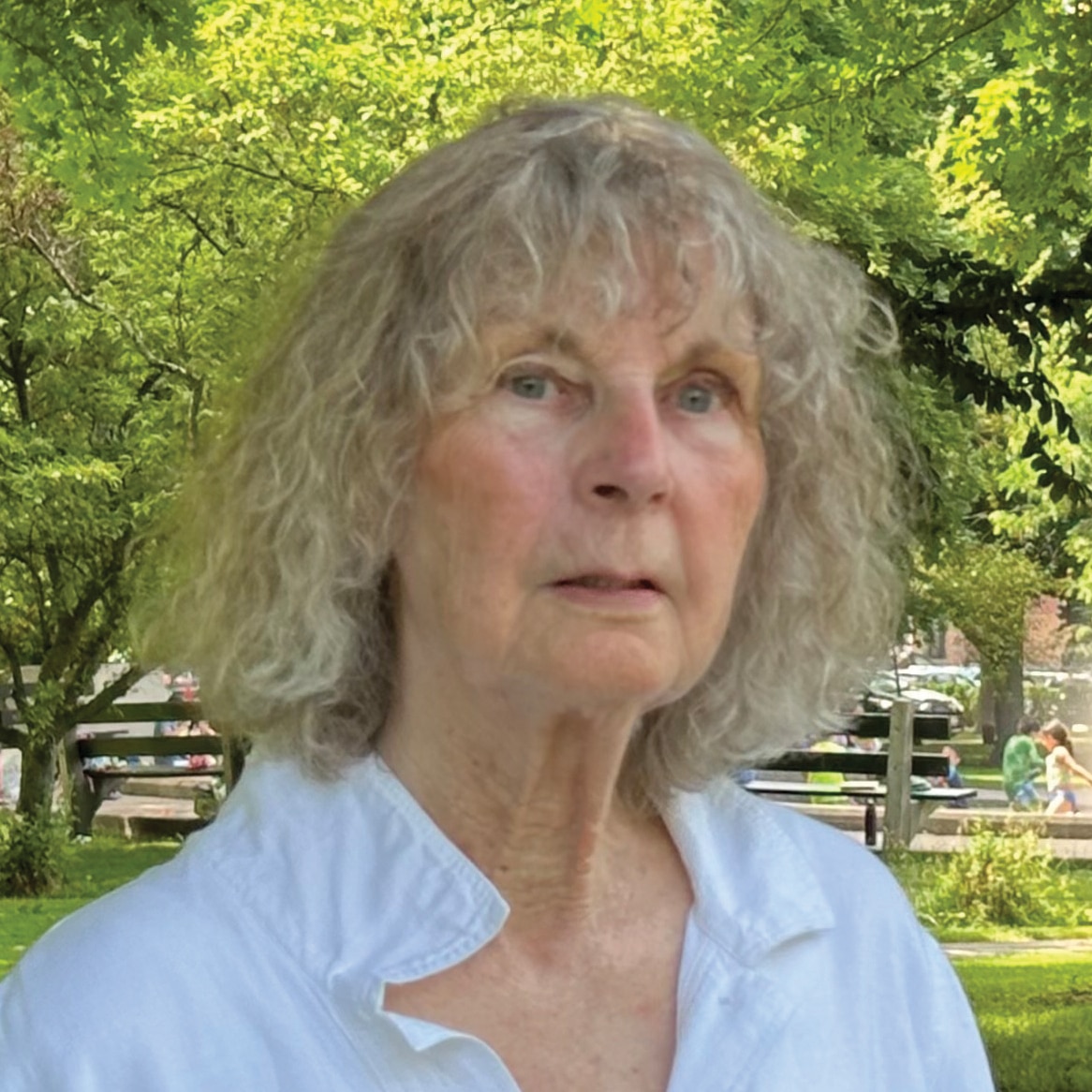When your aging parent or loved one starts forgetting to take medications, lets unopened bills pile up, becomes agitated or aggressive, has trouble driving and struggles getting up and down the stairs, they’re showing some of the telltale signs that it’s time to start looking for a health and rehabilitation community (HRC). For many of us, though, the task is overwhelming.
When you take tours of care communities, the common areas can look well-appointed, the nursing staff seems diligent and the activities staff looks enthusiastic. So how do you assess quality and compare facilities? One way to start is with objective data, such as the Five-Star Quality Rating System, created by the Centers for Medicare and Medicaid Services (CMS).
Where to begin
Families can start by doing their homework, says Cissie Gerber, community outreach coordinator at Radford Green at Sedgebrook in Lincolnshire. The Five-Star Quality Rating System is designed to help families easily compare available options, she says.
On the Nursing Home Compare website, medicare.gov/nursinghomecompare, CMS rates every Medicare- and Medicaid-certified facility in the country from one star to five stars. The ratings are based on such factors as health inspections, nursing staff levels and quality care measures (such as percentage of residents who have pressure sores, urinary tract infections or falls with major injury).
“We’re finding that adult children are very tuned in to this information and are more educated today and understand what five-star means,” Gerber says.
On the CMS website, you can enter your zip code to view the HRCs in your area and their star ratings. While there is an overall star rating, you can also scroll down to find detailed information such as average registered nurse hours per resident, as well as fire safety and health inspection information.
Until recently, HRCs have self-reported their staffing levels during their public health surveys, says Tony Madl, administrator at Briarwood Healthcare Center at Friendship Village in Schaumburg. “Questions were raised over the last year as to whether the staffing numbers that are self-reported by skilled facilities were accurate and not inflated,” Madl says. “So now, facilities will be required to report them electronically based on data that can be verified, and the information in 2016 will be reflective of that change.”
The Joint Commission, an independent, not-for-profit organization that accredits and certifies almost 21,000 healthcare organizations and programs in the United States, maintains a Quality Check feature on its website. Through this search, you can see whether an HRC is accredited by the Joint Commission, as well as some other useful details.
It’s always good to start the search as early as possible—it can be time-consuming, and it’s important to carefully tour facilities and observe a variety of details.
“Making this decision is an emotional experience for everyone in the family, and we recognize that it takes hand-holding,” Gerber says.
Critical Questions:
Do patients get to choose the time they get up, go to sleep or bathe?
What is the current rate of antipsychotic medication use?
Does the community provide preventive care from specialists such as dentists, hearing and vision tests and flu shots?
Are there religious services?
Does the community do background checks on staff members?
Does the community have smoke detectors and sprinklers?
What is the plan in case of an emergency such as a fire or power failure?
Drill Down to these details when assessing a facility:
Quality of healthcare services. Programs and services should best suit the needs of your loved one, says Emily Garba, administrator at The Terraces at The Clare in Chicago. For instance, a safe environment is essential for people with dementia who tend to wander. So residents in memory care at The Terraces wear a small bracelet that locks elevator doors and exit doors if they approach them. The layout of the floor was recently changed from straight to circular so that wandering residents can walk in a loop rather than run into a dead-end and try to walk into another resident’s room.
Cleanliness. “The cleanliness of a facility is important,” Madl says. “Are there any odors? How do residents look? Is their hair done? Are they dressed in appropriate clothing and not in a hospital gown at two in the afternoon? Visit several times to see what the facility looks like during mealtime and during off-hours, like 8 o’clock at night. And it’s OK to ask residents how they’re doing and [whether] they like living there.”
Staffing. There should be a sufficient number of staff members to help residents with bathing, grooming and other daily routines when needed. The staff turnover rate also makes a difference, as long-term staff members build relationships with residents and their families, Madl says.
Fees. Ask what the monthly fee covers. “We have a sheet with everything that’s included in the monthly rate in assisted living and memory care,” Gerber explains, “but some facilities add on unexpected extra expenses and fees.”
Activities. “You don’t want residents isolated in their rooms watching TV all day,” Gerber says. Instead, she says that you want programming that keeps your loved ones stimulated every day, so they’re living out their lives as best they can. Consistent schedules can make a big difference, Garba adds. A regular daily routine is reassuring and adds structure to residents’ lives. Activities may include exercise, pet therapy and music therapy with sing-alongs.
Food. Mealtimes are most enjoyable when food is served tableside and when the menu includes a choice of dishes that changes daily as well as staple favorites that are always available. Good nutrition is important, as are leisurely mealtimes in comfortable settings that give residents a chance to socialize.
Originally published in the Spring 2016 print edition.

Nancy Maes, who studied and worked in France for 10 years, writes about health, cultural events, food and the healing power of the arts.










